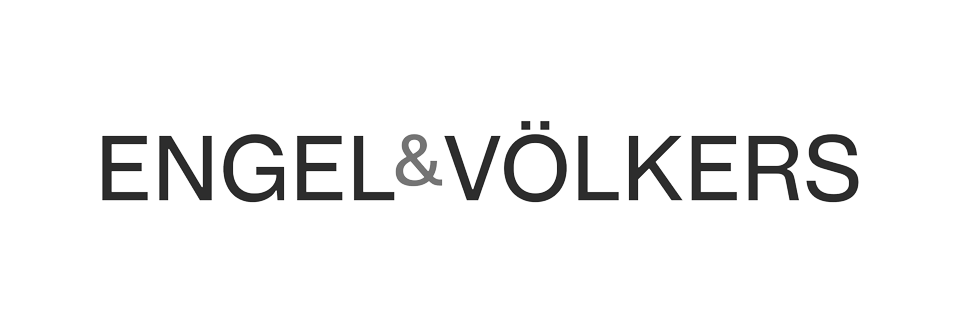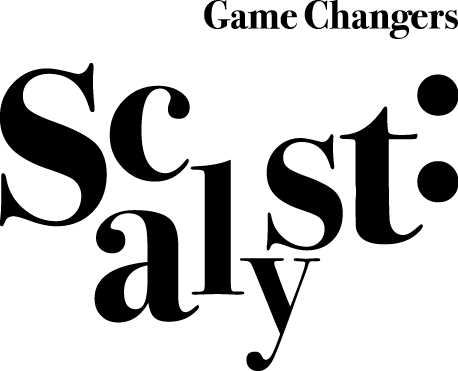Gain customer insights quickly and transform them into popular and profitable solutions.
As a Freelance Senior Design Strategist and UX Expert for digital products, I lead teams to work customer-centered, creating value through design to de-risk product development. My approach prioritises people, business, and the planet.
Your design partner
Hi there, my name is Andreas Anderssohn and I am a Hamburg designer and strategist for close to twenty years. I work at the intersection of business, design and sustainability - using the lean methodology in agile settings - always trying to avoid waste and achieve fast progress.
I’d call myself a proud generalist: I move between the worlds of Product, UX and Service Design and use the most valuable methods and processes from each discipline.
As a design partner collaborating hand in hand with your tech teams, I bring a wealth of fresh perspectives and innovative concepts to your projects, thanks to my extensive experience working across diverse projects and clients. My ultimate aim is to make my role obsolete by equipping your teams with the tools and mindsets they need to continue innovating independently, ensuring lasting success.
I am a graduate of the Product for Net Zero certificate. Read about it in my relating article Design your way of out the climate disaster. I would also be delighted to present it to your team to level-up to urgent current matters similar to the Bank of England
Solutions
-

Product Discovery to inform Strategy
customer centricity
Discover user needs and motivations through qualitative and quantitative research, synthesise it into business opportunities, test your assumptions, prototype ideas based on insights and validate them with your target audience.
-

Service Design & User Experience
design thinking and doing
Service design and user experience is crucial to ensure that the product not only meets customer needs but also delivers a seamless and satisfying interaction, which leads to increased loyalty and a competitive edge.
-

Digital Sustainability & Circular Design
a new mind-set for business is emerging
I specialise in digital sustainability and better experiences in the circular economy, crafting solutions that create true value. Let’s create innovative, eco-friendly digital products that benefit people, business and the planet.
"Andreas has significantly improved our digital product development by introducing hypothesis-based continuous discovery across two teams. His service design skills have structured customer journeys, aligned various stakeholders and enabled fast and effective decision making on needs, pains and wants of our target audiences, optimising our offerings…His balanced approach to productivity and engagement in the workplace makes him an invaluable asset to any team.
A bonus worth mentioning: Andreas knowledge of zero-emission product development, which he has passed on to the company's in-house product designers."
– Michael Naumburger, Product Lead Energy-as-a-Service @ LichtBlick
Your Benefits
Enhanced Customer Experience
Better understanding customer needs and behaviours leads to services and products that deliver a superior user experience, increased customer satisfaction and loyalty.
Increased Innovation
To bring a fresh perspective and innovative thinking to the table will help your business develop unique solutions and stay ahead of your competition.
Maintaining product/market fit
To add expertise in market trends and user research ensures your services and products are more closely aligned with current and future market demands.
Increased Revenue and Growth
Creating unique and innovative services helps in differentiating your brand in a crowded marketplace. Enhanced services and products lead to increased sales, market share, and business growth.
Reduced Risk & Time to Market
By using data and analytics decisions are grounded in real–world insights, leading to more effective outcomes and de-risks going to market. Working evidence-based leads to more informed and effective design choices.
Fast-Forward into the Future
Validate your ideas before you invest in software development. Preview your ideas in the hands of your customers, get early feedback, and iterate those solutions to fully address their problems. Cheaply and quickly.
"Andreas enabled the Global Design team, and thus the company, to visualise competitive advantages and innovations for internal departments by learning more about their users, converting data into actionable insights, developing suitable ideas and testing them quickly."
– Veronique Pantke, Head of Global Design @ Engel & Völkers
A Product Thinking approach
-
This method involves empathy with users, defining their problems, ideating solutions, prototyping, and testing. It's crucial for ensuring that product development is centered around solving real user problems in innovative ways.
-
Hypothesis-driven design is a scientific approach to problem solving and innovation. The uncertainty associated with complex problems can be reduced in advance by testing the assumptions made. The hypothesis is effectively a prototype for the expected improvement of the product. The process enables a thorough understanding of the "what", "how" and "why" in order to prioritise ideas. The product design hypothesis is an iterative exercise in which assumptions are defined and explored, followed by conducting appropriate experiments and validating the results based on user feedback.
-
Iterative Design involves repeatedly refining and improving the design based on feedback and testing. It's a cycle of creating, testing, learning, and revising instead of going into an extended design phase that might build on incorrect assumptions.
-
Co-Creation Workshops are involving a diverse set of stakeholders, customers and/or users in the design process to collaboratively generate solutions and ideas from various perspectives. It also aids buy-in from stakeholders.
-
First-principles thinking is a method of problem-solving that involves breaking down complex problems into their most basic, fundamental parts. It's like starting with a clean slate and questioning everything from the ground up, rather than relying on assumptions or what has been done before. You look for the most basic truths or elements of something and then build your understanding from there.
-
A method used to create a visual representation of the user's journey with a product, identifying all the touchpoints and experiences along the way. It helps teams understand and prioritise what features or improvements are necessary to enhance the overall user experience.
-
Rapid Prototyping and Testing helps to pivot early based on early user feedback to avoid wasted time and ressources heading into the wrong direction and is part of Lean Startup Methodology.
-
This process focuses on involving users throughout the design and development process to ensure the product meets their needs and expectations. It involves user research, usability testing, and iterative design to create more user-friendly products.
-
This prioritises the actual benefits and changes that products or initiatives bring to users and stakeholders, rather than merely focusing on the quantity of work done or features delivered. It emphasises the importance of creating meaningful impact and value, guiding teams to align their efforts towards achieving specific, desired results that genuinely improve user experiences or solve real problems.
-
Sustainable and Inclusive Design is incorporating principles of environmental sustainability and inclusivity to ensure services are accessible to all and environmentally responsible. As the internet is responsible for about a third of all CO2 emissions (an equivalent of the airline industry), this has big impact.
-
A Design Sprint is a time-constrained, five-phase process that uses design thinking to reduce the risk when bringing a new product, service, or a feature to the market. The benefits include rapidly and cheaply solving big challenges, creating new products, or improving existing ones, while also fostering collaboration and innovation within the team.
We are a good fit if you want to…
-
By employing a structured design process and utilising my expertise in prototyping and testing, as digital product strategist and designer I can significantly reduce development time and cost. I help identifying potential issues early in the design process, thereby mitigate risks before they become costly problems.
-
Being skilled in conducting market research and user testing to gather insights about target users and market trends allows you to design products that are well-aligned with user needs and preferences, as well as anticipate market demands, giving your product a competitive edge.
-
As digital designer I bring a level of creativity and innovation that can set your product apart in a crowded marketplace and introduce new ideas and perspectives, leveraging the latest design trends and technologies to create unique and forward-thinking solutions.
-
As digital product strategist and designer I specialise in creating intuitive, engaging, and aesthetically pleasing user interfaces. This expertise ensures that your product is not only functional but also offers a seamless and enjoyable user experience, which is crucial for user retention and satisfaction.
-
As digital product strategist I help in defining the long-term vision and strategy for your product and service. I help ensure every design decision aligns with your broader business goals and objectives, thereby creating a coherent and strategically sound product roadmap.
-
Because I am committed to innovating for a better future for ourselves and generations to come, I am particularly passionate about working with forward-thinking organisations to develop and deliver products, services and experiences that prioritise the health of our planet. Let us find better solutions together!
















